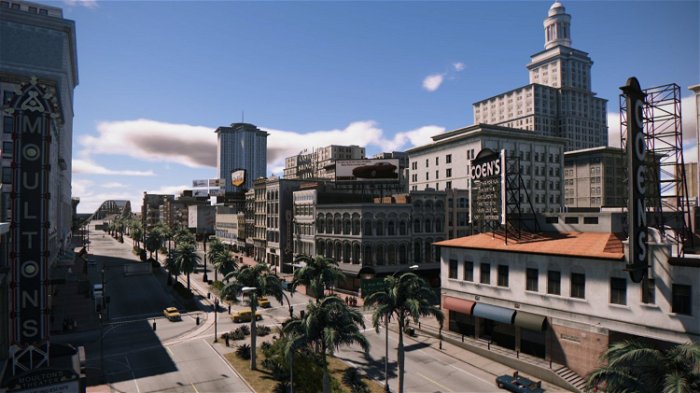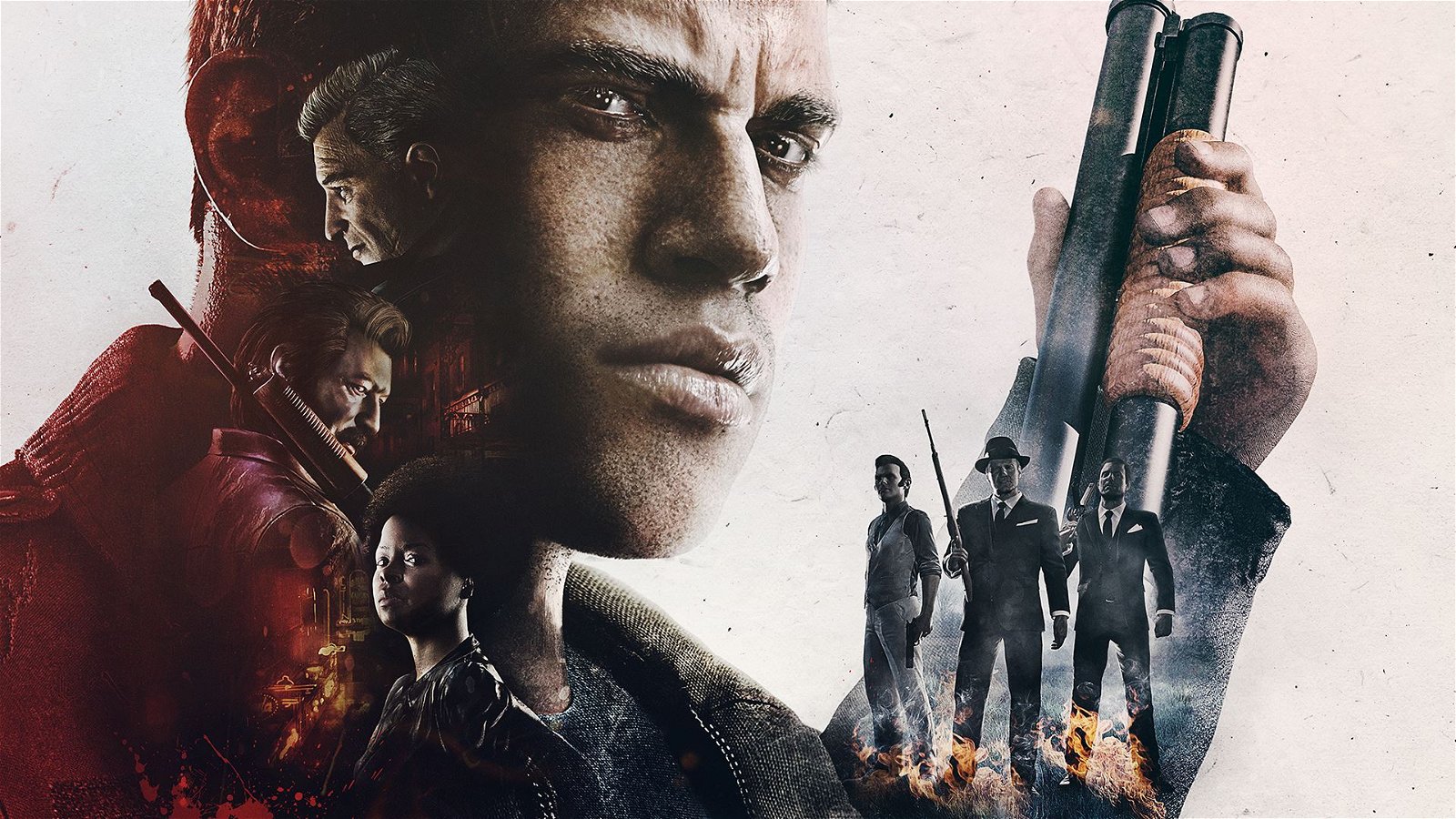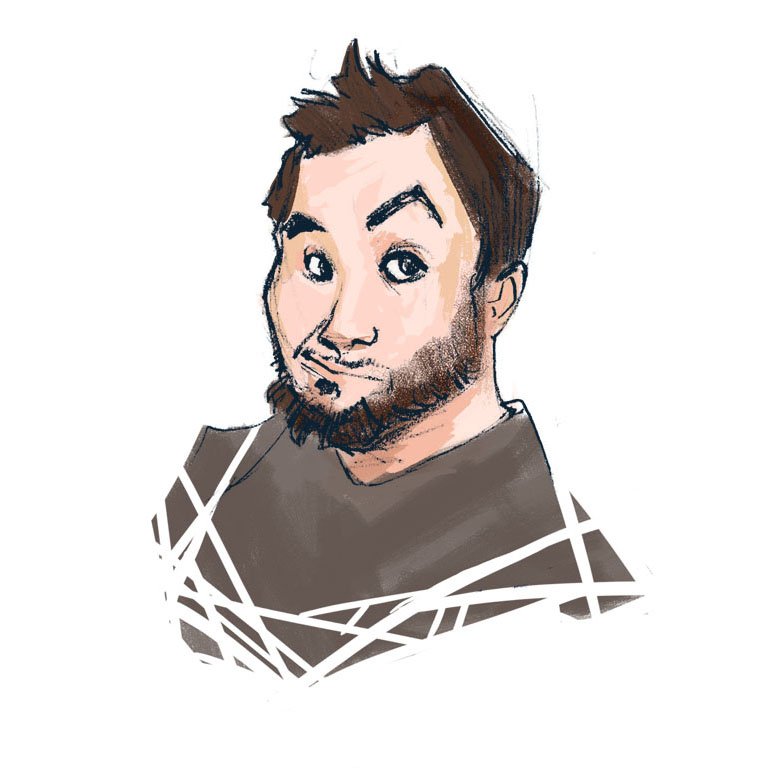Harlin: Yeah, I listened to a lot of blues when I started. I started listening to a lot of John Lee Hooker, a lot of Muddy Waters, some Steve Earle, Tom Waits, Dr. John, a whole bunch of stuff. When I started, I had an understanding of blues from an academic standpoint, but I had never written a blues score before. It was important to start digging into it. You don’t have to be saddled with just a 12-bar structure in the blues. You can do these really interesting kind of bluesy drones, these jams on a single chord that John Lee Hooker and Steve Earle both do. It’s got this great sound, and you don’t have to feel locked to the rigidity of something like a 12-bar structure.
CGM: Did you end enjoying this kind of score?

Harlin: Oh, I loved it. I’ve been lucky in that a lot of stuff I’ve done has been Star Wars stuff, but there’s also a fair amount of stuff that I’ve been able to do, like Counterspy, which was a big 60’s jazz score, so I get to play around with styles quite frequently with the projects that I work on. I really dug getting to do this score because it was something so different from what I usually got to do
CGM: With a game like Mafia III, there’s a lot of different thematic tones throughout the game. Did you find it difficult mixing those thematic tones to write a score for the game, considering you’ve never done a blues-style soundtrack before?
Harlin: The difficulty came in not from just doing it. Trying to do a cinematic approach to the blues is not a new idea. It’s something that people have been doing for a number of decades within film and TV. The difficulties actually became production-related. Not in the writing, but how it was produced. You find that when you’re writing the blues as underscore for a scene, you have to be really careful. It’s a simple as if you put the wrong reverb on an electric guitar tone, then suddenly it sounds like a 1980’s cop drama. You also have to be careful that if you play a certain melodic lick, it suddenly sounds like an Eric Clapton riff and not the dark score we intended. I would send demos and I would get feedback in return. Most of the time, things were approved, but when they weren’t, it was because the cue had strayed slightly off that path that we were searching for and instead reminded somebody of a Miami Vice soundtrack. It ended up being a fairly fine line that I had to walk. In the end, it really has its own sound and feel and I’m super happy with how it turned out.
CGM: Were there any pieces that got left out that you wish were kept?

Harlin: No, to be honest. Everything is in the key of e-minor, which meant that they could easily take one cue and stitch it onto another cue if need be for cutscenes or gameplay scenarios it hadn’t specifically been written for. Because it was thematic, and everything was in the same key, if suddenly a theme came along where two characters were talking to each other, it would be easy for them to cut back and forth between one character’s theme to another, all based on different pieces of thematic chunks of music we had written before. They could also do things like dig into the individual tracks for a cue and take things apart and re-stitch them together if need be. It became about trying to get all the mileage we possibly could out of the music because its such a big game and there’s just no way to be able to custom score every possible moment in the game. It would just be too much.

CGM: Was there a favourite piece that you’re particularly proud of?
Harlin: There are a number of them, actually. I really like the main theme, and it’s funny, because it was one of the very first things that I wrote, too. It kind of became the main theme because I threw something together because for an early demo, they wanted something over their splash screen at the top of the demo. I wrote it, I sent it in, and Haden absolutely loved it. He made this mandate, like “I love this piece, that’s not going anywhere, leave it where it is.” It just became the main front-end theme of the game from that point on. Two years later, I still really dig it. I think it came together really well. I’m happy to say that Matt would call me up throughout the development of the game and routinely say to me “Okay, this new one you just turned in, this one is my favourite piece of the game.” He must have said this like 9 or 10 times over the course of us turning stuff in. He was really happy, which you’re always thrilled when the client digs what you’re writing.
For me, I was happy because everything was coming together really well. I think that it’s a challenge when you’re using the same palette of instruments, more or less, but you need to differentiate the themes from each of the main characters. The fact that Burke’s music sounds different from Cassandra and Vito and Lincoln’s music, they all sound different, and I’m really happy with how that all turned out. I think in much the same way as the kind of stuff I do on the Star Wars scores, you can listen to the score in isolation and still know which character the music is referencing and still know not just which character, but based on the tone and the dynamics, you can know what’s happening in terms of story. It was a fun one to try and take musical storytelling and do the same things that I’m able to do with an orchestra and now apply that a bunch of non-typically cinematic instruments.
- Pages:
- 1
- 2




